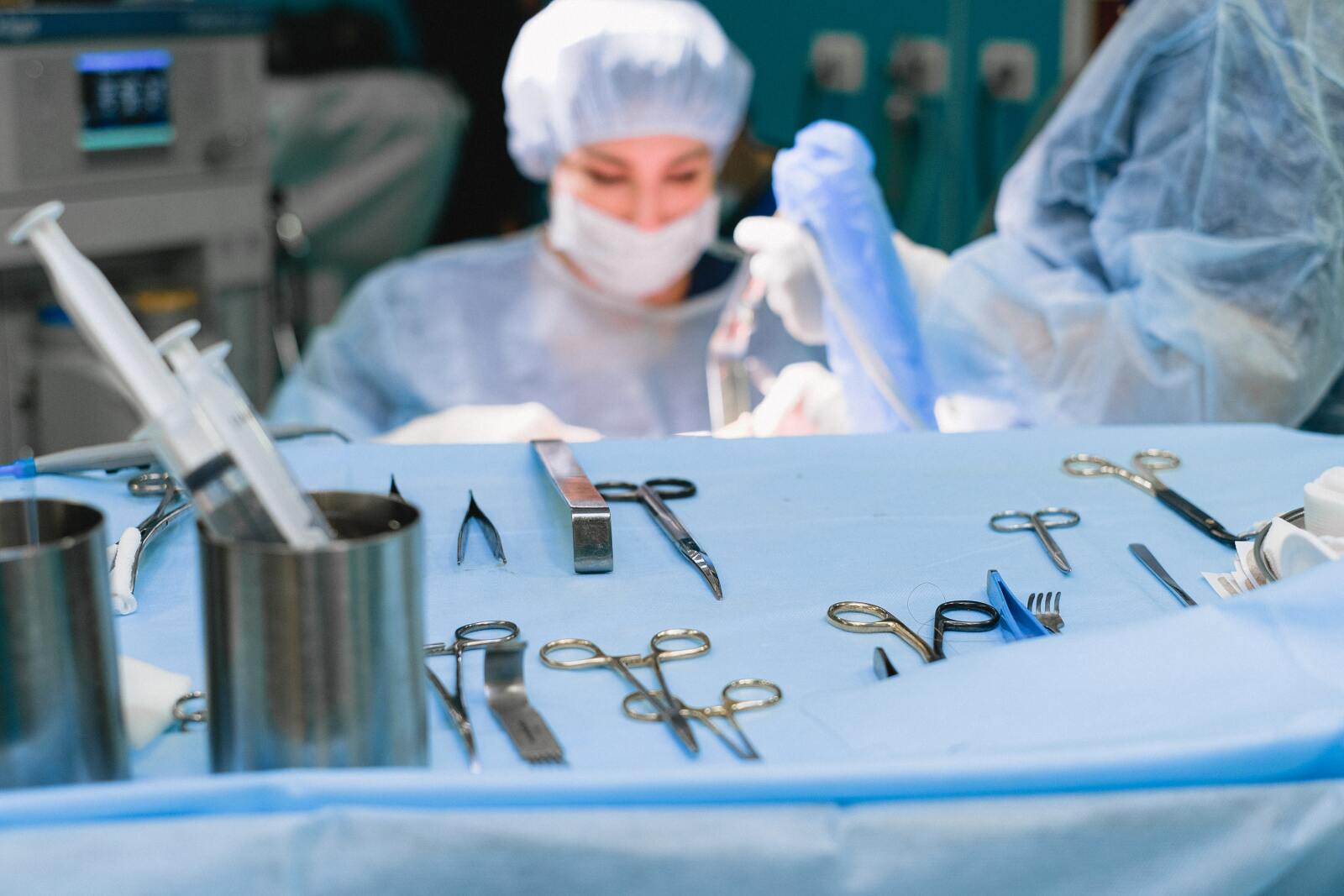
Ramp lesions are six times more likely to be observed in the presence of a posterior medial tibial bone bruise in ACL‑injured patients: Publication in KSSTA
04/03/2021
Beel W, Mouton C, Tradati D, Nührenbörger C, Seil R. Ramp lesions are six times more likely to be observed in the presence of a posterior medial tibial bone bruise in ACL-injured patients. Knee Surg Sports Traumatol Arthrosc. 2021 Mar 4. doi: 10.1007/s00167-021-06520-z. Epub ahead of print. PMID: 33661324.
Abstract
Purpose: The aim of this study was to determine whether posterior tibial slope (PTS), meniscal slope (MS), and bone bruise pattern (BBP), as observed on magnetic resonance imaging (MRI), differed between patients with or without medial meniscus ramp lesions at the time of anterior cruciate ligament reconstruction (ACLR). The hypothesis was that patients with a ramp lesion had a higher PTS and MS, with a different BBP than patients without a ramp lesion.
Methods: Fifty-six patients undergoing ACLR were selected from an in-house registry and separated into 2 groups: (1) the RAMP group included patients with a primary ACLR and a medial meniscus ramp lesion diagnosed intraoperatively; (2) the CONTROL group included patients with a primary ACLR without ramp lesion after arthroscopic exploration of the posteromedial knee area. The two groups were matched for age, sex and type of concomitant meniscal lesions. The medial/lateral-PTS/MS and BBP were subjected to blinded evaluation on the preoperative MRI of the reconstructed knee.
Results: Twenty eight patients (21 males; 7 females) were included in each group. No significant difference could be observed between groups in terms of demographical characteristics, PTS, and MS. A posteromedial tibial plateau (PMTP) bone bruise was more often observed in the RAMP group (n = 23/28) compared to the CONTROL group (n = 12/28) (p < 0.01). The RAMP group was 6.1 (95%CI [1.8; 20.8]) times more likely to present a PMTP bone bruise. The likelihood of having a bone bruise in both the medial and lateral compartments was 4.5 (95%CI [1.2; 16.5]) times higher in the RAMP group. However, a BBP only involving the lateral tibiofemoral compartment was more likely to be observed in the CONTROL group (n = 10/28) compared to the RAMP group (n = 3/28, p < 0.05 - odds ratio 4.6 (95%CI [1.1; 19.2]).
Conclusion: Ramp lesions were 6.1 and 4.5 times more likely to be observed in the presence of a posteromedial tibia plateau bone bruise or a combined bone bruise respectively in both the medial and lateral tibiofemoral compartment in patients undergoing ACLR. The tibial and meniscal slopes did not differ between patients with or without ramp lesions undergoing ACLR.
Level of evidence: Level III.
Keywords: ACL reconstruction; Bone bruise; Meniscal slope; Posterior tibial slope; Ramp lesion.
